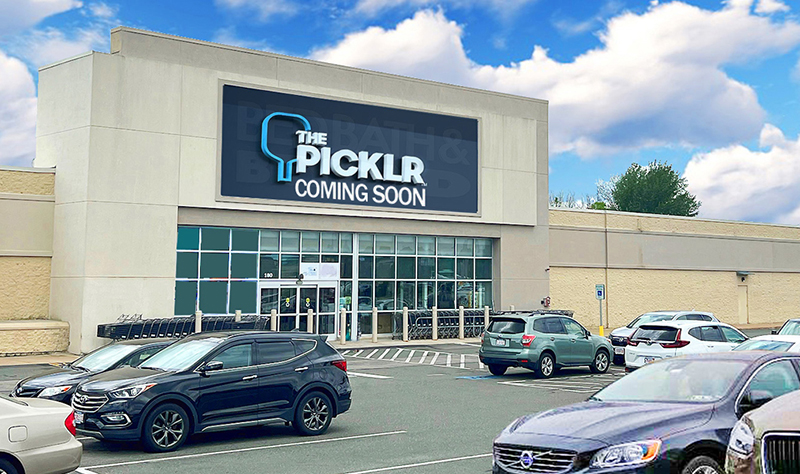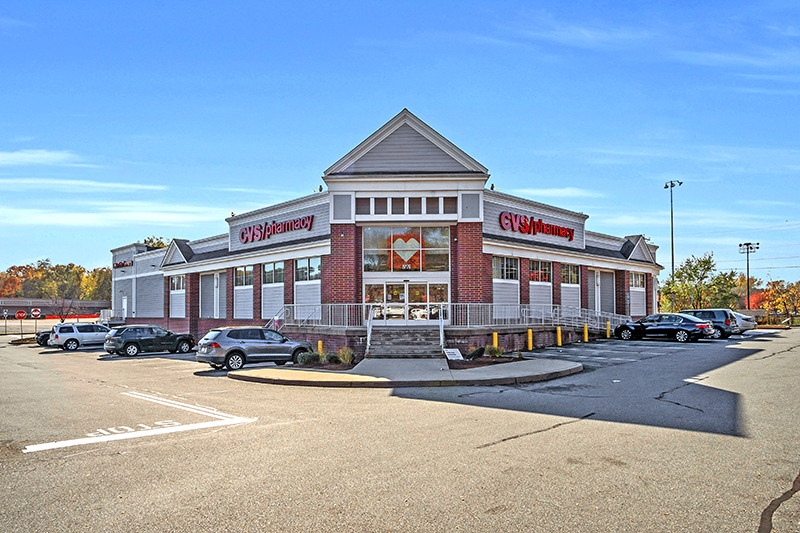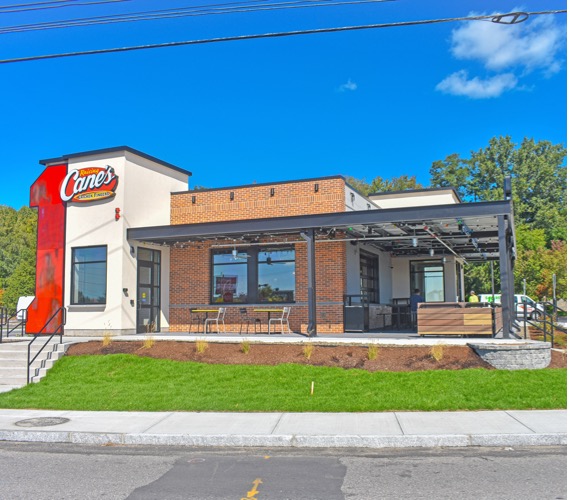Consumer and Retail: Can we connect the dots? Market factors driving the need for change - by Carol Todreas
 Carol Todreas, Todreas Hanley Associates
Carol Todreas, Todreas Hanley AssociatesIn the retail world of places and things, so much has changed and so quickly. Be it the demand for immediate delivery of goods, an interesting physical experience, adjusting to omnichanneling, or superbly educated sales personnel, the retail world is constantly trying to adapt to the new: the consumer, the technology potential, and mounds of analytic data.
Change is ubiquitous and the most dependable fact of life, particularly for anyone involved in retail.
But, what exactly are the market factors driving the need for change, and is this a transition period while the dust settles on how we interact with the Internet, our screens and devices? While there is no crystal ball, there still are market and demographic factors which are now solidly in place and impacting the present and future retail landscape.
First, the market: who is the consumer? The two largest groups of consumers who have the most powerful spending capacity are: The adult Millennials, now between the ages of 19 and 34, and the Baby Boomers, who are now between 51 to 69.
Most of the retail world is targeting the Millennials, despite the fact that the Boomers do have considerable economic strength. The Millennials, 60 million people, are now the largest and most diverse generation in the nation. Influenced greatly by technology, the values of this generation differ from their parents and other generations of shoppers. The Millennials are concerned with their communities and families and desire jobs and careers that foster creativity and maintain a healthy life balance between work and play. Additionally, they are marrying later than previous generations, are more educated, and prefer to be without personal cars and to live in urban areas. From a business perspective, they tend to be outspoken, bold and far more confident about all that they do because of their strong belief in technology and its ability to solve problems.
Thus far, they have succeeded in changing many of the standard business practices from how and when and for whom they work as well as how they raise money for new business ventures. They are particularly entrepreneurial and have taken advantage of crowd funding which has enabled many start-ups without the hassles of borrowing in the traditional way from banks. With this new found capability, Millennials have set up successful new retail businesses . They embrace entrepreneurship and have the tools, confidence and desire to succeed.
Interestingly regarding shopping, Millennials prefer brick and mortar stores. According to a global survey by Accenture, 82% said they preferred brick and mortar shopping. Along with that, much of the research shows that Millennials want to live, shop, and work all within 20 minutes walking time.
While this is currently the trend, the Pew Research Center and ULI survey data strongly suggest that this preference for urban life may change as the cohort ages since 75% of Millennials surveyed aspired to eventual home ownership. One other related point of interest is that Millennials have a profound influence on their parents who tend to follow in their footsteps which accounts for some degree why the urban life style is attractive to so many Baby Boomers , who generally are their parents.
Given these preferences and unique generational characteristics, the fact is Millennial shopping patterns are continually changing and the changes influence to some degree all consumers. Now, all of us think differently about how, when, and what we want to buy.
With urbanization and walkability a high priority for the Millennials and now their Baby Boomer parents who are either in or about to enter retirement age, it is a time to build and redevelop urban areas within the city yet also in locations beyond Greater Boston that have the bones to be transformed. This is especially germane if some form of public transportation is within the 20 minute walk time of the development.
What these new consumers are searching for in a retail development is more akin to a historic village in concept than to any other urban or suburban form, a village near public transportation, education, recreation, and employment opportunities.
Fortunately, there is much opportunity within the older parts of Boston that have access to the T via bus, and train, and also numerous locations in outlying towns and cities with access to the commuter rail. It also means that older smaller municipalities with bus or train transportation that have some historic Main St. appeal, such as Athol and Ayer could become attractive for living and working provided there were what is considered “cool” retail uses on and around the Main St.
To summarize, there are:
• Many consumers who would like to buy from small physical stores in a walkable “cool” neighborhood with local dining and drinking options.
• Many entrepreneurs with new concepts for brick and mortar stores who cannot afford the high rents in the traditional shopping streets of Boston .
• Many large scale retail development projects in and around the classic retail locations with the usual national chains as tenants.
• No historic small scale(think Woodstock, VT) village development with innovative local retailers.
There is little to no interest in being innovative about retail development that speaks to the changes and identity of the new consumer. Reason: it is risky, has no precedents, and may not generate adequate profits for investors.
But, as I stated, everything is changing. There is a new proposal for a mixed-use/retail development at Kendall Square which would provide space for start-ups at an affordable rent. The notion is similar to requiring a certain percent of new residential space be allocated for affordable housing. What a novel, albeit experimental idea. If it works at Kendall Square then that will be a game changer.
Carol Todreas is a principal at Todreas Hanley Associates, Cambridge, Mass.
Mace of KeyPoint Partners negotiates 36,192 s/f lease for The Picklr at Endicott Square
Danvers, MA KeyPoint Partners (KPP) negotiated a lease with the nation’s premier indoor pickleball venue The Picklr at Endicott Sq. Vice president of retail brokerage Don Mace negotiated the transaction on behalf of the landlord.





.jpg)


.png)